Six important indicators of wire and cable quality testing
Six important indicators of wire and cable quality testing
Wire and cable testing has always been an important part of the national standard wire and cable. The higher the quality inspection department of a wire and cable company, the better the quality of the wire and cable produced by the company and the more trustworthy it is. The stricter the third-party quality inspection department, the more conducive to the development of this industry.
1. Measurement of DC resistance of wire
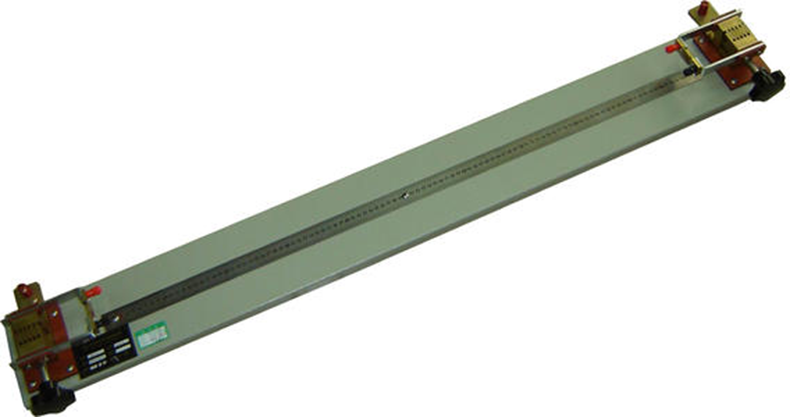
The conductive core of the wire and cable mainly transmits electric energy or electric signal. The resistance of the wire is the main indicator of its electrical performance. When the AC voltage is applied, the core resistance is larger due to the skin effect and the adjacent effect surface than when the DC voltage is applied, but when the electric frequency is 50Hz, the difference between the two is very small. The current standard stipulates That can only require the detection of whether the DC resistance or resistivity of the core exceeds the value specified in the standard. Through this inspection, certain defects in the production process can be found, such as wire breakage or partial single wire breakage; the cross section of the wire is not Meet the standard; the length of the product is incorrect, etc.
2. Insulation resistance detection
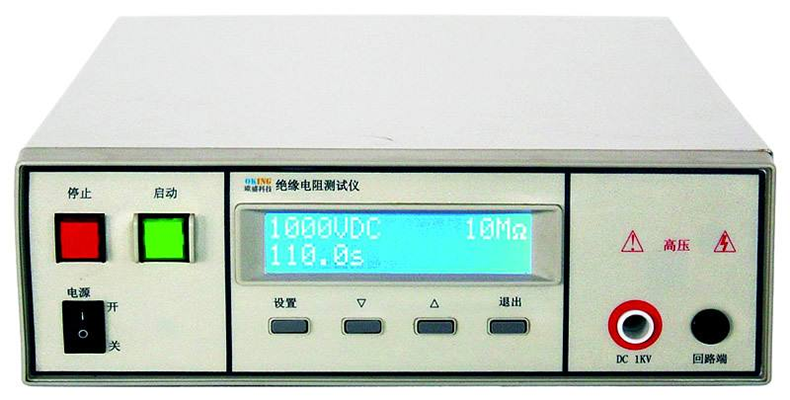
Insulation resistance is an important indicator reflecting the insulation characteristics of wire and cable products, and is closely related to the product's electrical strength, dielectric loss, and the gradual deterioration of insulating materials under working conditions. For communication cables, too low insulation resistance between lines will increase loop attenuation, crosstalk between loops, and long-distance power supply leakage on conductive cores. Therefore, insulation resistance must be higher than the specified value.
3. Measurement of capacitance and loss factor
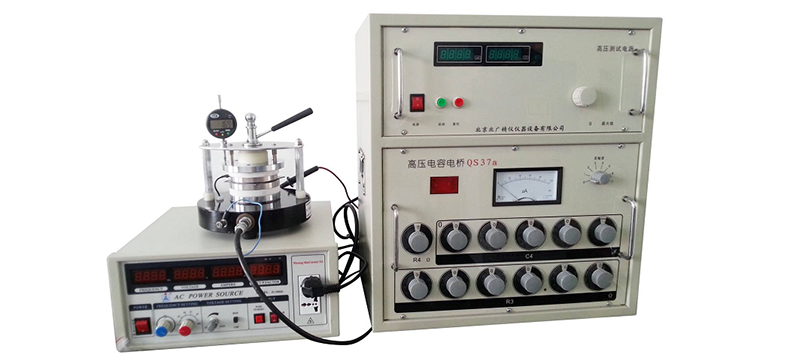
When the AC voltage is applied to the cable, current will flow. When the voltage amplitude and frequency are constant, the capacitance current is proportional to the capacitance (Cx) of the cable. For ultra-high voltage cables, the current of this capacitor may reach a value comparable to the rated current, which becomes an important factor limiting the cable capacity and transmission distance. Therefore the capacitance of the cable is also one of the main electrical performance parameters of the cable. Through the measurement of capacitance and dissipation factor, various insulation degradation phenomena such as insulation dampness, insulation layer and shielding layer falling off can be found. Therefore, capacitance and TANδ are measured whether in cable manufacturing or cable operation.
4. Dielectric strength test
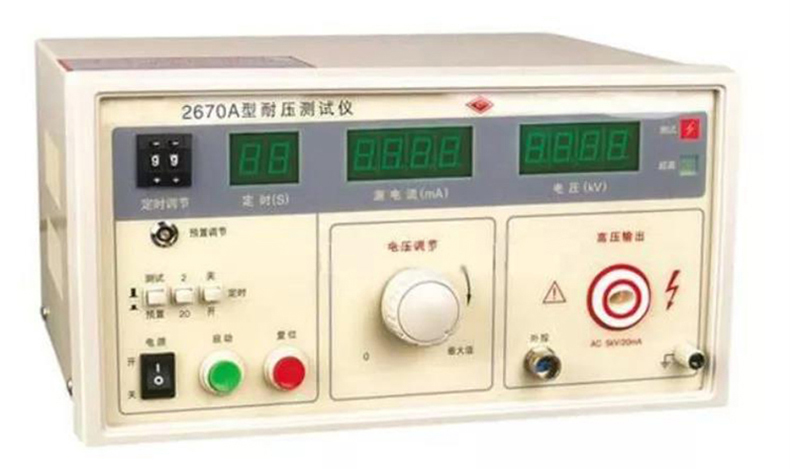
Insulation strength of wire and cable refers to the ability of insulation structure and insulation material to withstand electric field without breakdown damage. In order to check the quality of wire and cable products and ensure that the product can operate safely, insulation strength tests are generally required for all types of insulation wires and cables. . Dielectric strength test can be divided into withstand voltage test and breakdown test. The time voltage is generally higher than the rated working voltage of the test product. The specific voltage value and withstand voltage time are stipulated in the product standard. The withstand voltage test can test the reliability of the product running under the working voltage and find the seriousness of the insulation Defects, some shortcomings of the production process can also be found.
5. Aging and stability test

The aging test is a stability test that can maintain stable performance under stress (mechanical, electrical, thermal). Thermal aging test: A simple thermal aging test is to test the aging characteristics of the test product under the action of heat. The test product is placed in an environment with a temperature higher than the rated working temperature and a certain temperature, so that at a higher temperature T, Get a shorter lifespan.
6. Thermal stability test
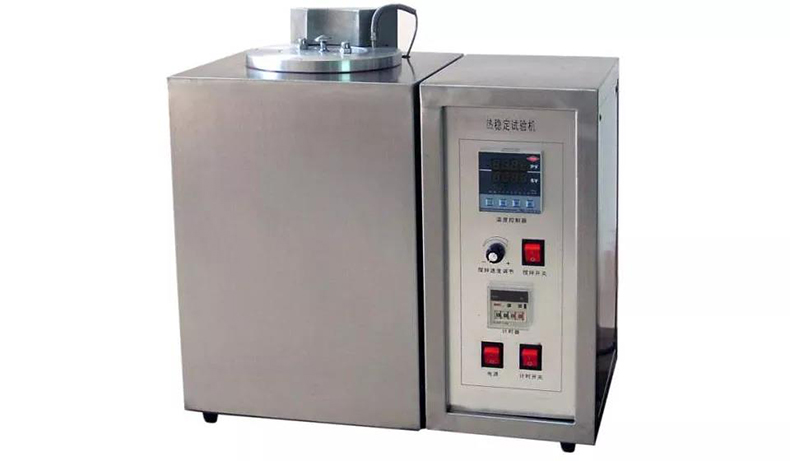
The thermal stability test is that the cable is heated by current while also withstanding a certain voltage. After a certain period of heating, certain sensitive performance parameters are measured to evaluate the stability of the insulation. Insulation stability test is divided into long-term stability test or short-term accelerated aging test.


 Company Profiles
Company Profiles Company Culture
Company Culture Message
Message Honor
Honor Video Center
Video Center Company Reality
Company Reality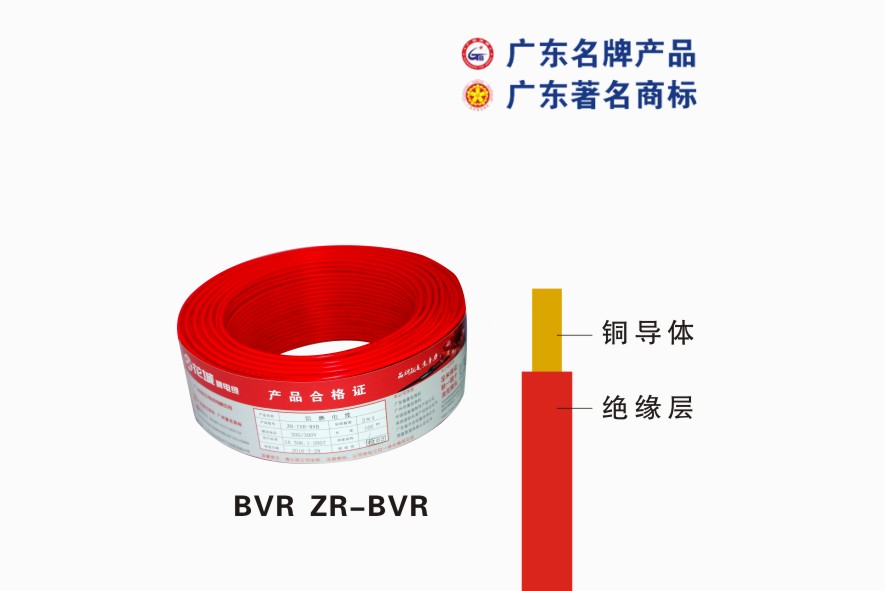 Pearl River Cable
Pearl River Cable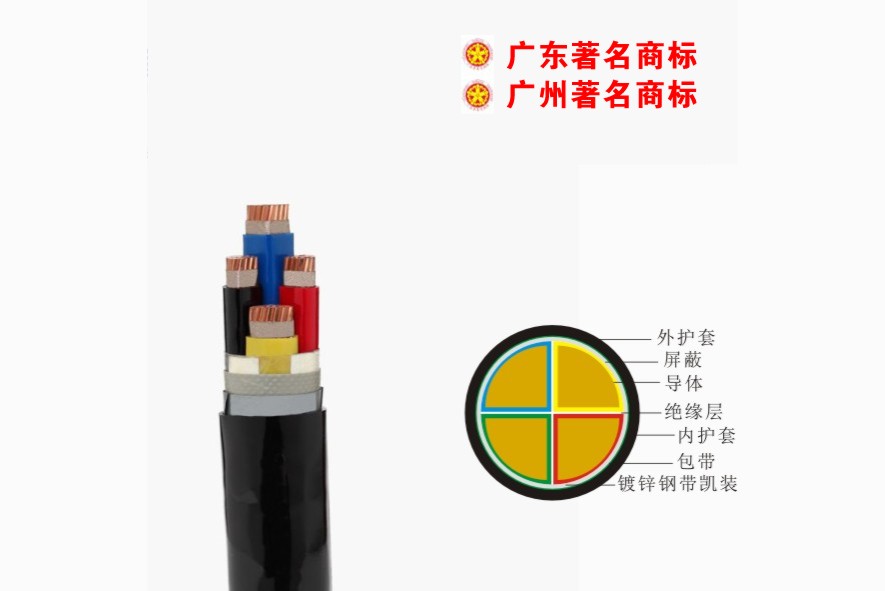 Low Voltage Cable
Low Voltage Cable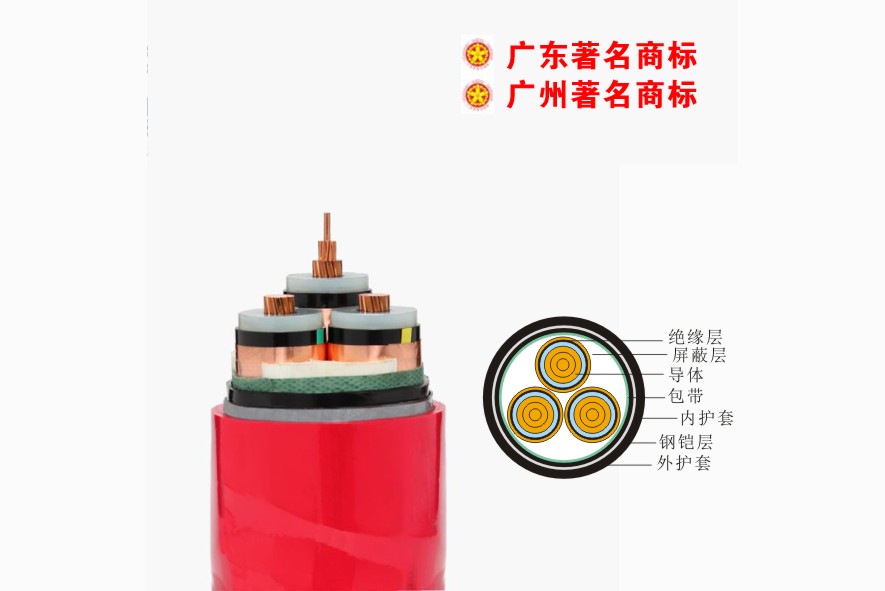 Medium Voltage
Medium Voltage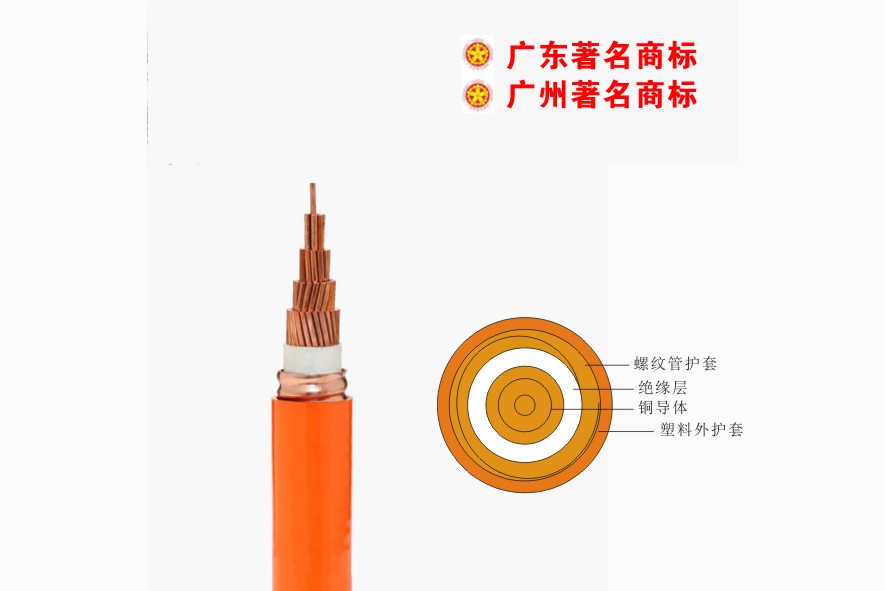 Mineral Cable
Mineral Cable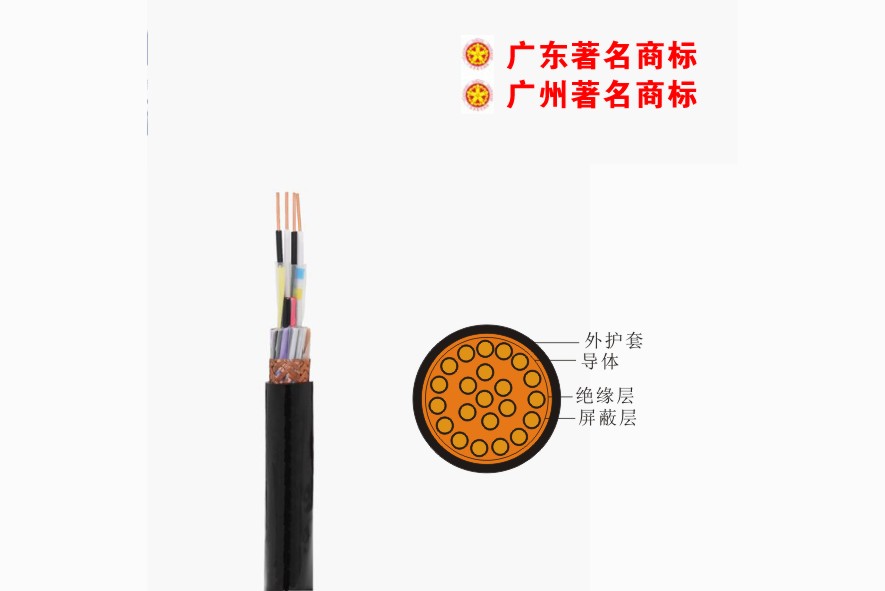 Control Signal Cable
Control Signal Cable Corporate News
Corporate News Cable Information
Cable Information Media Reports
Media Reports Network Reprint
Network Reprint


